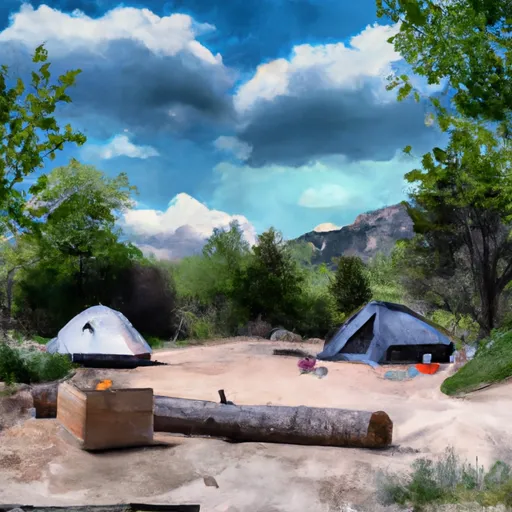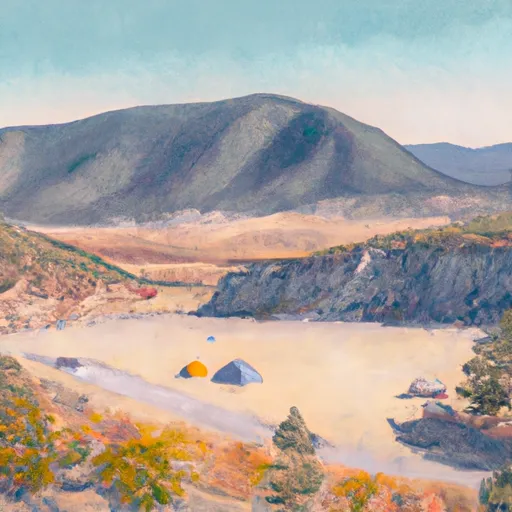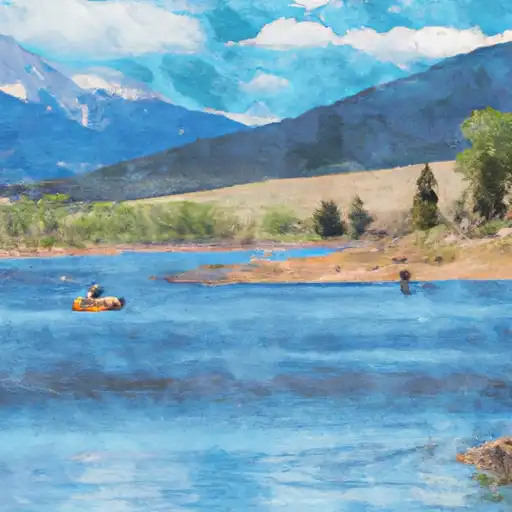2025-12-06T23:00:00-07:00
* WHAT...Heavy wind driven snow possible. Total snow accumulations between 6 and 12 inches possible with accumulations up to 15 inches north of Cottonwood Pass. Winds could gust as high as 45 mph. * WHERE...Eastern Sawatch Mountains Above 11000 Feet and Western Mosquito Range and East Lake County Above 11000 Feet. * WHEN...From 11 PM Friday to 11 PM MST Saturday. * IMPACTS...Travel could be very difficult. The hazardous conditions could impact the Friday evening commute. Visibilities over the passes will be less than a mile at times during blowing snow. * ADDITIONAL DETAILS...Most of the heaviest snow will occur north of Cottonwood Pass.
Summary
With an elevation of 14,440 feet (4,401 meters), it offers breathtaking views and a challenging climb for mountaineers. The mountain is named after Samuel Hitt Elbert, the territorial governor of Colorado in the late 1800s.
Mount Elbert is part of the Sawatch Range and is known for its massive size and prominence. Its summit ridge stretches approximately 1.5 miles (2.4 kilometers) long, offering climbers a diverse and exhilarating experience. During winter, Mount Elbert receives heavy snowfall, transforming it into a winter wonderland. The snowpack range can vary greatly depending on the year, with average depths ranging from 3 to 20 feet (1 to 6 meters). This makes it a popular destination for winter mountaineering and backcountry skiing enthusiasts.
Several creeks and rivers benefit from the runoff of Mount Elbert's snowpack. Clear Creek, Lake Creek, and Roaring Fork Creek are just a few of the waterways that are fed by the mountain's meltwater. These streams not only provide important water sources but also offer picturesque scenery for hikers exploring the area.
While Mount Elbert does not have any specific legends or lore associated with it, its name pays homage to Samuel Hitt Elbert, a prominent figure in Colorado's history. As the highest peak in the state, Mount Elbert continues to attract climbers and outdoor enthusiasts from around the world, offering a challenging and rewarding mountaineering experience in the heart of the Rockies.
Weather Forecast
Regional Streamflow Levels
86
Cubic Feet Per Second
24
Cubic Feet Per Second
239
Cubic Feet Per Second
258
Cubic Feet Per Second
Area Campgrounds
| Location | Reservations | Toilets |
|---|---|---|
 Elbert Creek
Elbert Creek
|
||
 Elbert Creek Campground
Elbert Creek Campground
|
||
 Halfmoon West Campground
Halfmoon West Campground
|
||
 Twin Peaks Campground
Twin Peaks Campground
|
||
 Twin Peaks
Twin Peaks
|
||
 Halfmoon West
Halfmoon West
|

 Mount Elbert Forebay
Mount Elbert Forebay
 Deception Point Fishing Site
Deception Point Fishing Site
 Big Mac Fishing Site
Big Mac Fishing Site
 Whistler Point
Whistler Point
 Sunnyside Fishing Site
Sunnyside Fishing Site